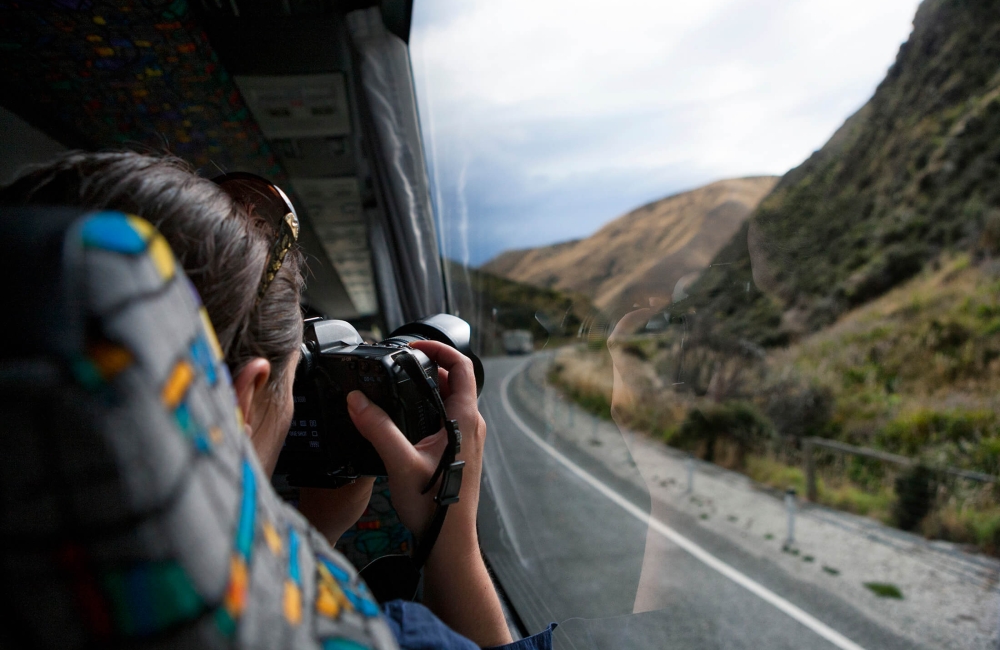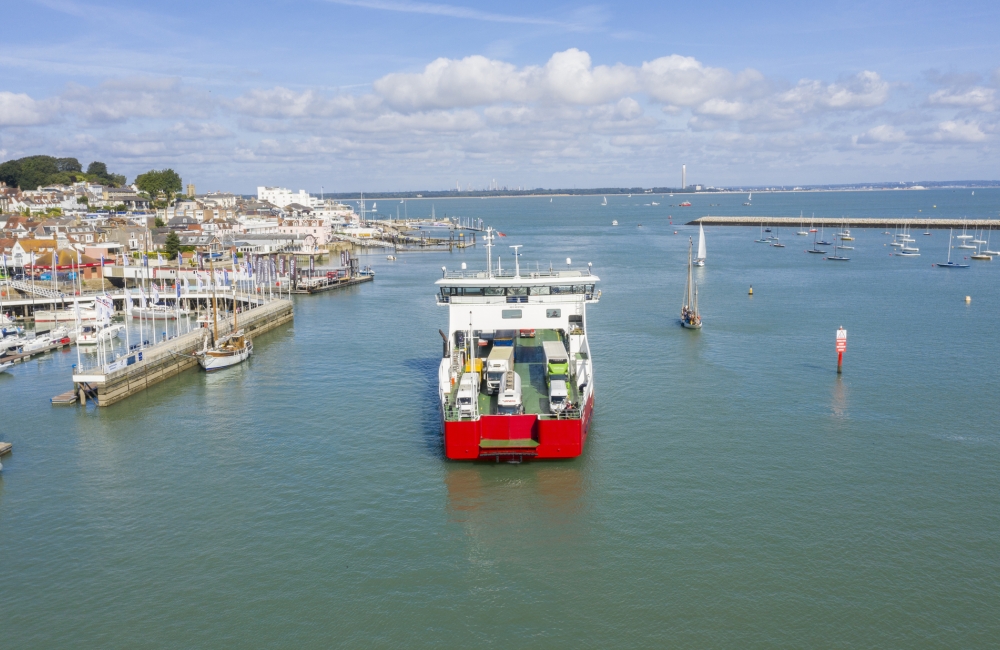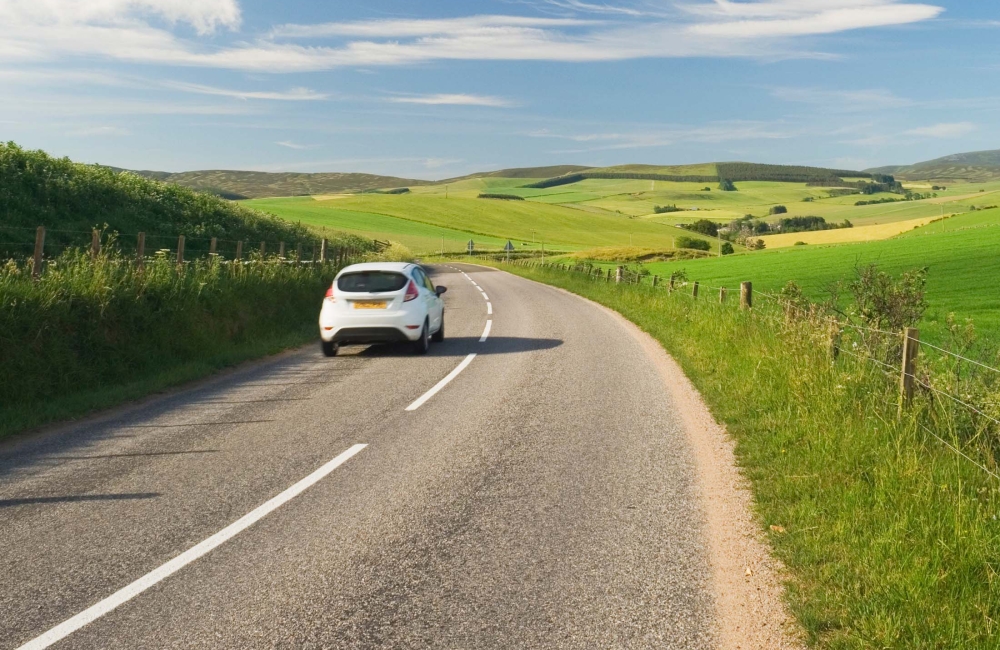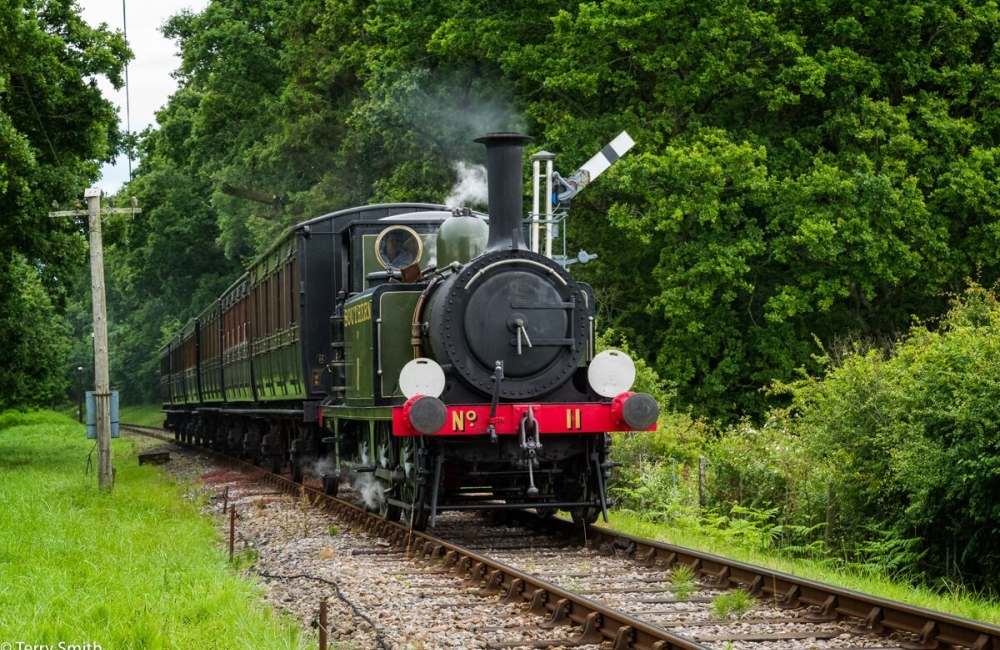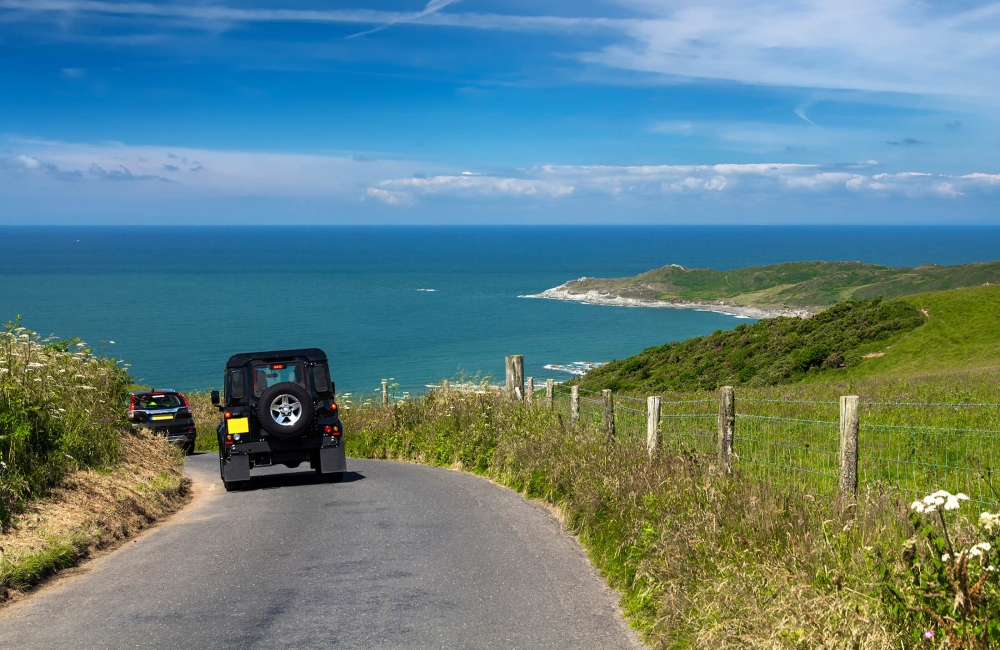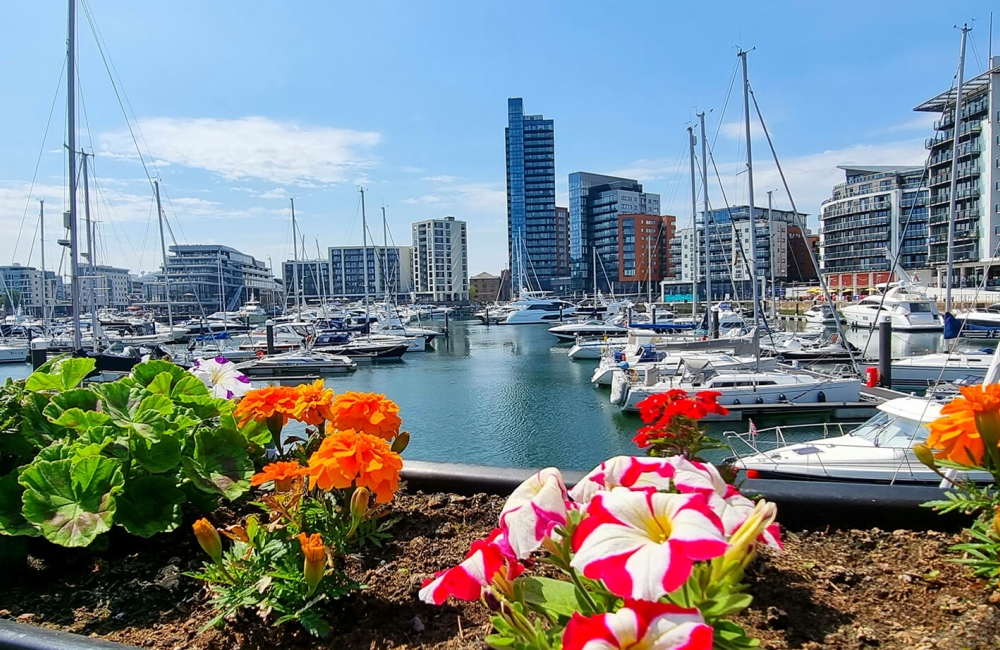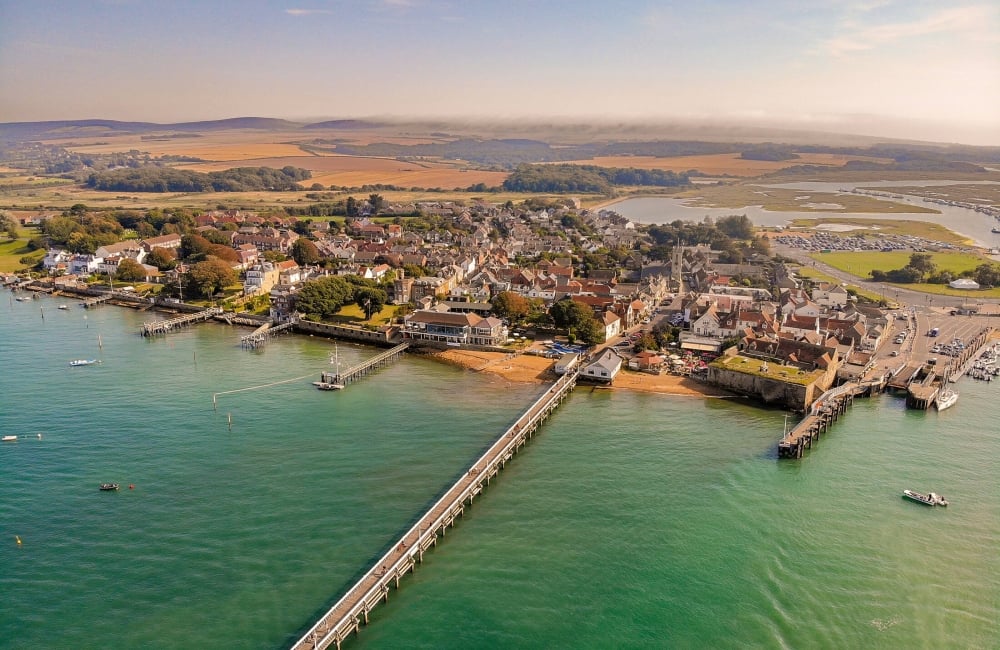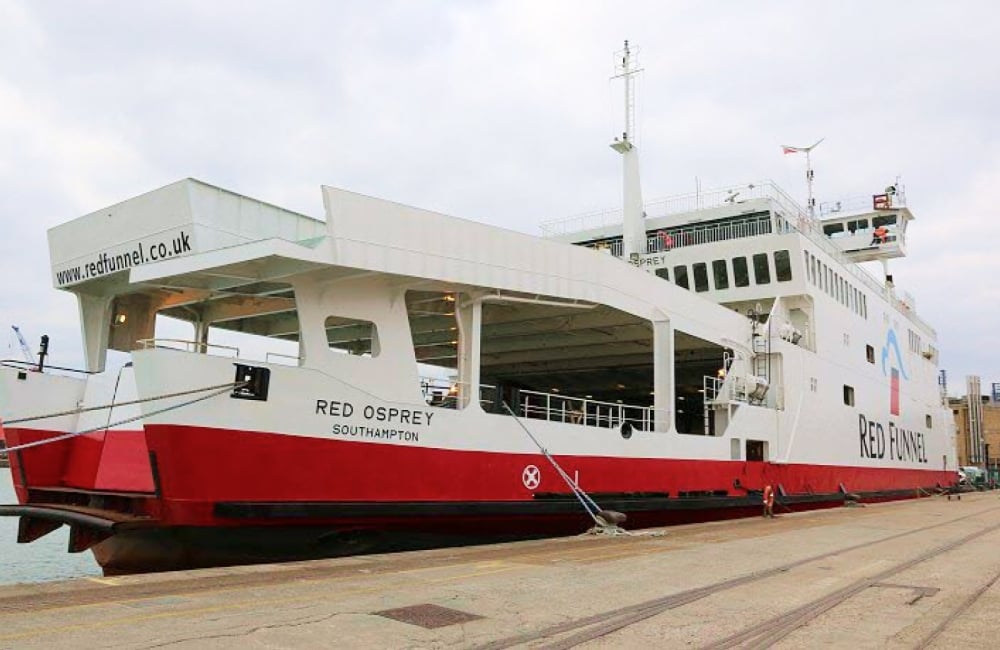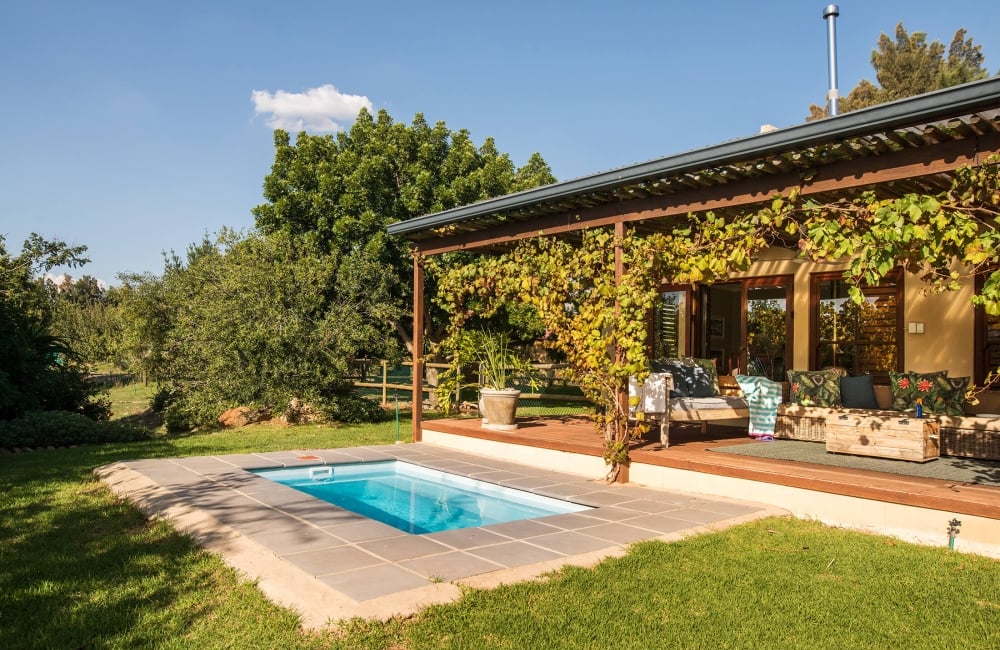Waterfront views and National Cycle Network routes
For cyclists, Southampton is a great destination. Two National Cycle Network routes meet in Southampton, providing safe, traffic-free commuting in the city. Cyclists can enjoy beautiful waterfront views and convenient connections to and from Red Funnel for seamless travel across the Solen.

National Cycle Routes
National Cycle Route 24 runs into Southampton on its long journey south from Bath, where it joins NCN23 at Eastleigh. NCN23 extends south along the banks of the Itchen, to the centre of Southampton. NCN23 also extends to the Isle of Wight via Red Funnel's services across the Solent.
From the east, NCN2 follows the waterfront at Weston before crossing (free of charge) the Itchen toll bridge, joining NCN23 at Saltmarsh Road. To the west of the city, there is a comprehensive network of Local Cycle Network routes serving commuters in the Millbrook, Shirley, Shirley Warren and Lordswood districts. For commuters travelling into the city centre from the north, Southampton Common has a number of permissive paths that offer a green, traffic-free route into the city.
Cycling To and From the Isle of Wight
Bicycles are carried free of charge on Red Funnel's vehicle ferry service between Southampton and East Cowes. Unfortunately due to the design of the vessels, cycles cannot be carried on the Red Jet Hi-Speed service unless they are of the folding type and carried in a purpose designed bag.
There are dedicated cycle stands along Town Quay, near the entrance to Red Funnel's Terminal 1 and Terminal 2 in Southampton. At Red Funnel's East and West Cowes terminals there are areas suitable for securing cycles - please ask local staff for details.
Explore local and regional bus routes into Southampton.
Getting Here By Bus
Southampton is well served by both national and local coach companies.
Getting Here By Coach
Sail in, sail out. See cruise ship and ferry connections into Southampton.
Getting Here By Cruise & Ferry
Two National Cycle Network routes meet in Southampton.
Getting Here By Cycle
Southampton is easily accessible for passengers arriving at Southampton Airport.
Getting Here By Air
Southampton Central is a busy station hub with services from around the UK.
Getting Here By Rail
Getting to Southampton is a breeze for motorists, with routes from all over the country.
Getting Here By Road
See current fares for Red Funnel and Red Jet crossings.
Fares & Tickets
Explore our latest deals and special rates.
Special Offers & Deals
Get your vehicle onboard, then sit back and relax.
Book Now
Book accommodations and ferry to save 25% on your crossing.
Find Your Holiday Retreat
Points of Interest
On both sides of the Solent, there’s lots to see and do whether you’re crossing for leisure, for work, or simply for a change of scenery. Explore points of interest on the Isle of Wight and in and around Southampton.
Royal Pier Pavilion

This one’s easy to spot as you arrive at our Southampton ferry terminal, particularly at night when it’s lit up in purple lights! When Red Funnel was first formed, we ran a fleet of paddle steamers that operated excursions to destinations around the Island, and along the south coast. These departed from “Royal Pier”, and the impressive pavilion building is still in use as a restaurant.
Ocean Cruise Terminal

This striking landmark on Southampton’s waterfront is where you’ll find some of the world’s largest cruise ships docking. See if you can spot some of the famous Cunard and P&O Cruises vessels as you depart for the Island, and if you’re travelling in the late afternoon/early evening you might even get to sail alongside them as they depart Southampton for their global destinations.
Hythe Pier

The Hythe pier is difficult to miss, as at 640 metres in length, it’s the 7th longest in Britain. It is also the home of the world’s oldest working pier train, which links the village of Hythe and its marina to a small ferry that runs a regular service to the City of Southampton.
Netley Chapel

This striking chapel, on the eastern side of the river, is all that now remains of one of Britain’s first purpose-built hospitals. Constructed for veterans of the Crimean War, the original 220-acre site was the largest of its time but was demolished after a fire in 1966. The site is now open to the public as part of Royal Victoria Country Park.
Calshot Castle

The picturesque Calshot Castle was originally built by Henry VIII to defend the entrance to Southampton waters. As our ferry reaches the Solent, the castle is easily visible at the end of Calshot Spit, which extends from the west into the main waters, with Calshot beach and its long row of beach huts visible further along.
Columbine Building

The striking Columbine building on the East Cowes waterfront has been a central point of Island industry for many years. Starting with Saunders Roe, which was involved in everything from sea planes, hovercrafts, and rockets, and is currently home to Wight Shipyard, which built two of Red Funnel’s Red Jet fleet. When you spot the iconic Union Jack doors, you’ve arrived on the Island!
Other Red Funnel Ferries

Southampton’s waters and the Solent are always busy with shipping movements, not least with our very own Red Funnel fleet. At peak time we will often have our three vehicle ferries, two Hi-Speed passenger ferries, and our freight ferry all out on the water – so watch out for them, and don’t forget to give our other passengers and crew a customary wave!
Cowes Castle

As you approach the Island and arrive at Cowes Harbour, you’ll see another of Henry VIII’s forts, Cowes Castle. The castle is now home and clubhouse to the Royal Yacht Squadron, whose Club organises yacht racing as a principal feature of the now globally famous Cowes Week regatta. Look carefully at the front and you might see the cannons that are used for starting races.



